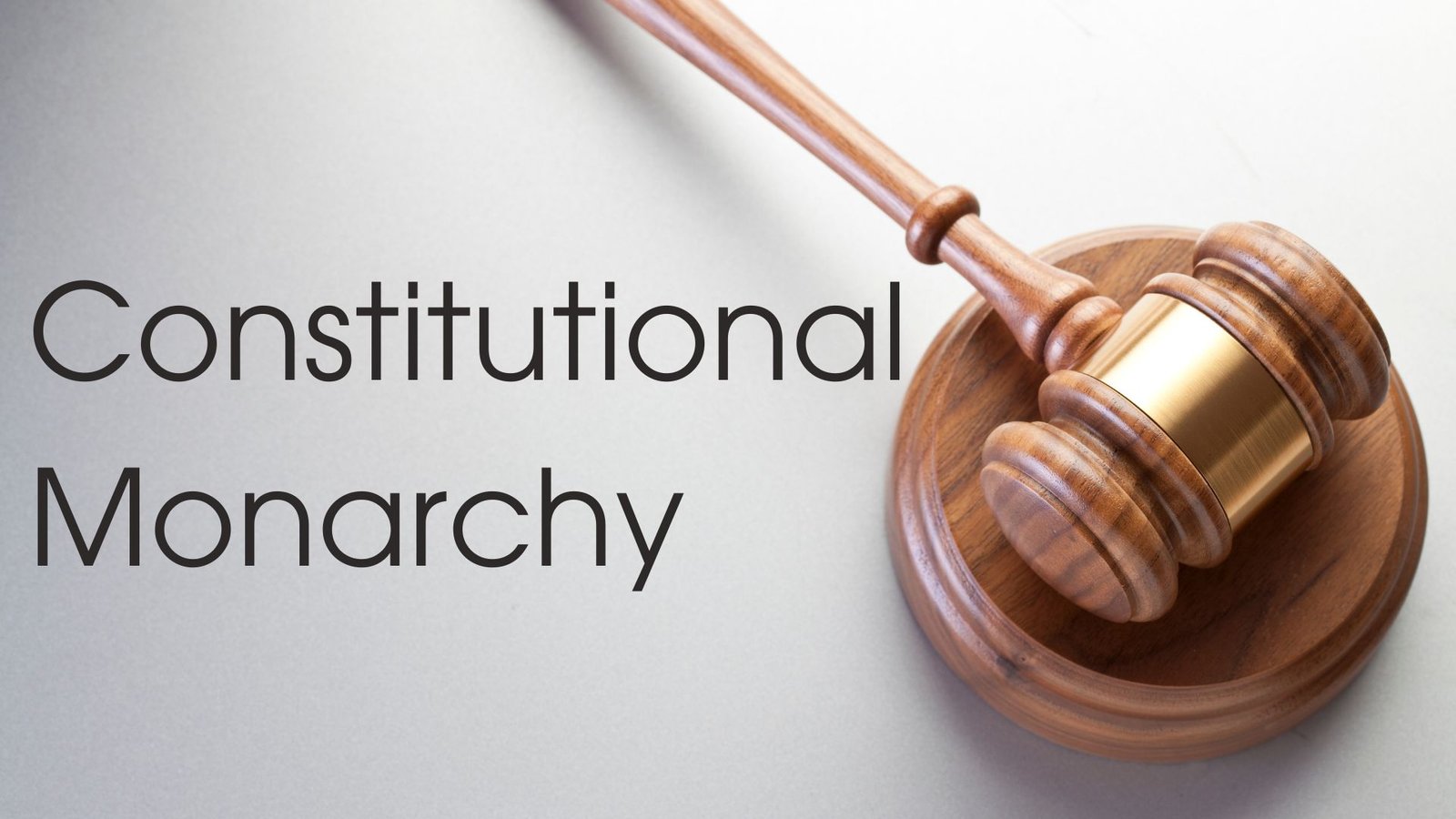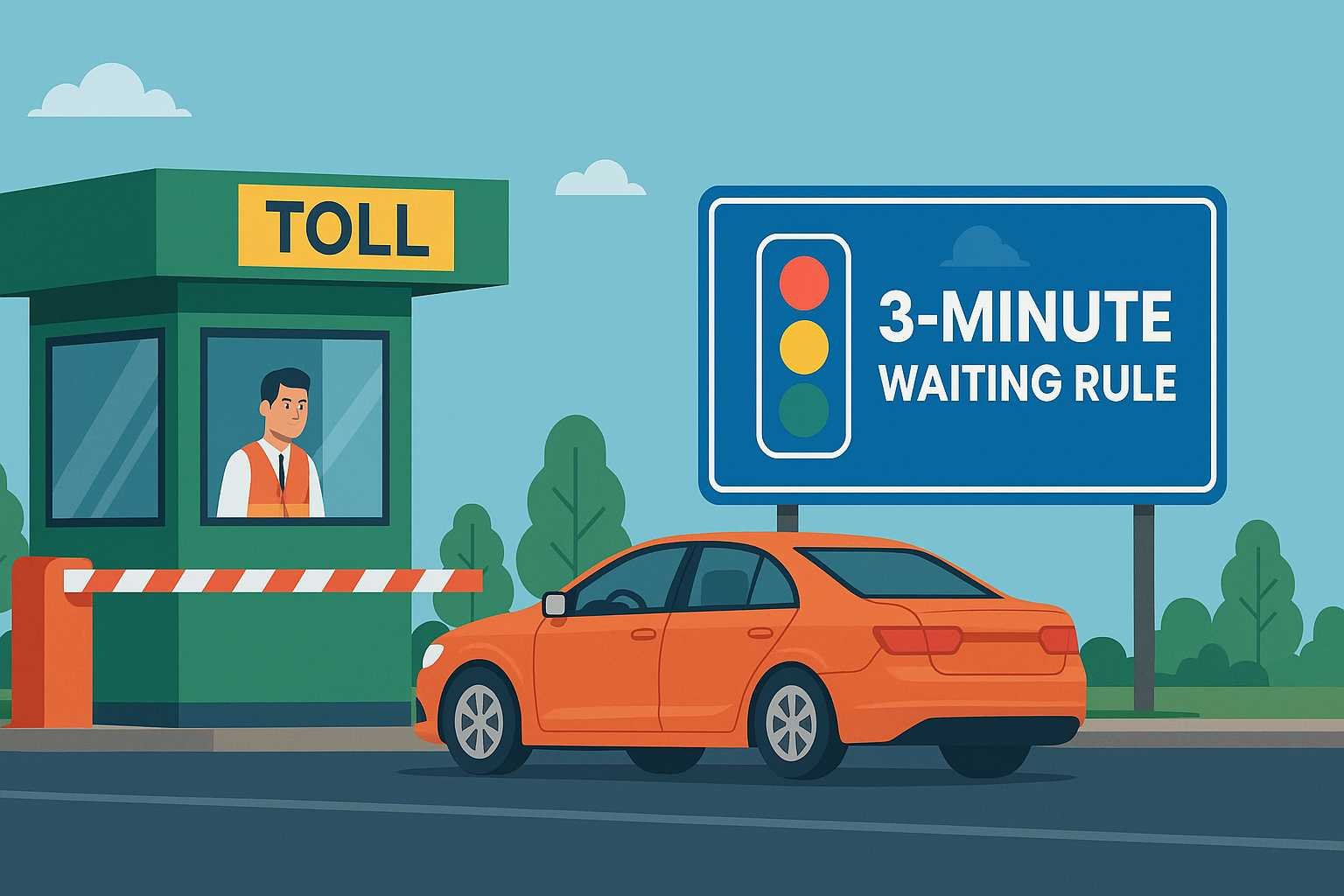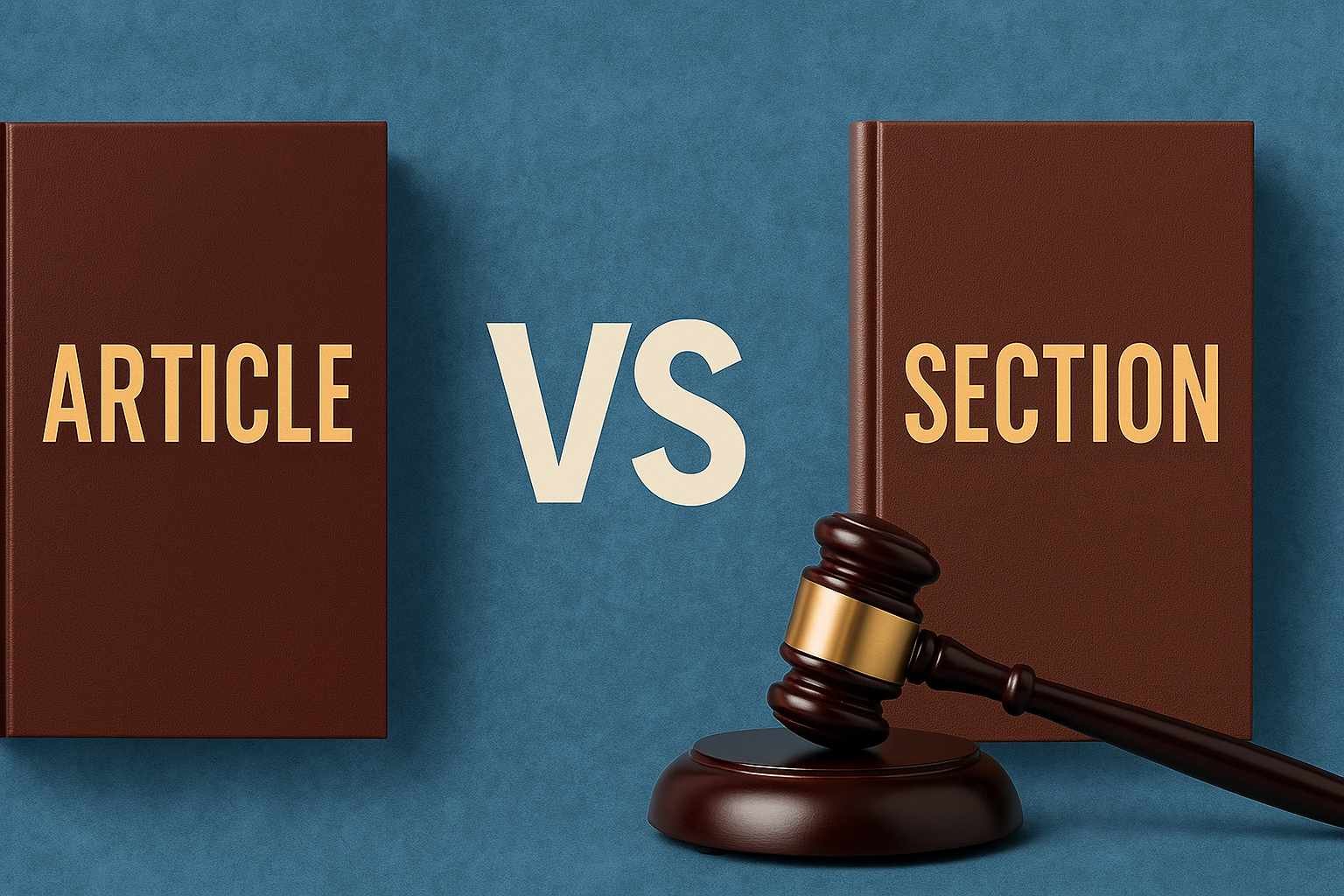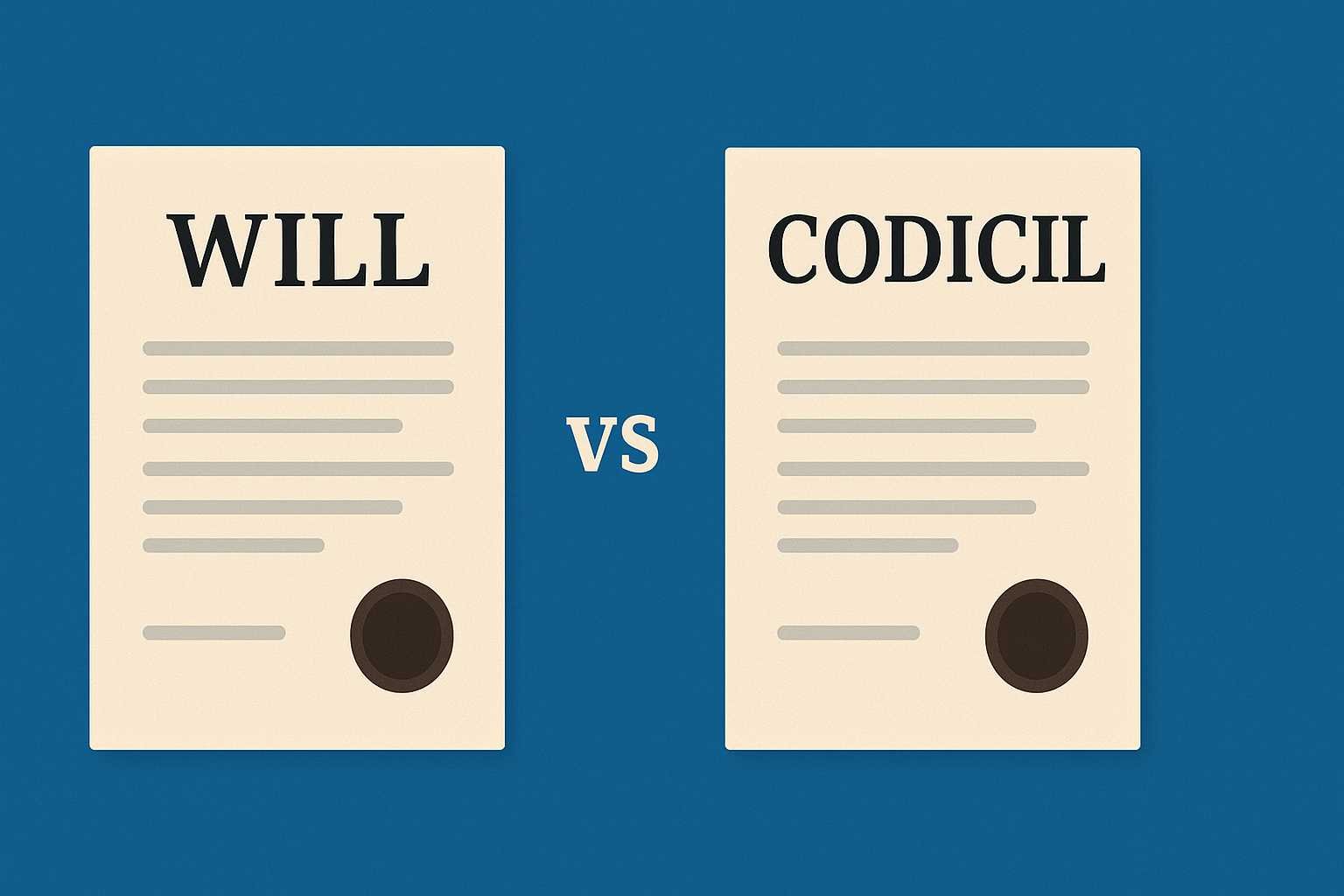On this page you will read detailed information about Section 144.
You have likely heard about Section 144 in India being imposed in various states, but do you actually know what this controversial law entails? In this 100-word piece, we will explore the history and provisions of Section 144 to help you gain a well-rounded understanding. By learning about the origins of this prohibitory order, its intended purpose, key facets, and common misconceptions, you will be better equipped to comprehend the complex debates surrounding its use. With an objective perspective, we aim to provide insights into when, where, and why Section 144 is implemented in India. This concise overview will cover the fundamental aspects you need to know about this frequently used and disputed law.
What Is Section 144?
Section 144 of the Code of Criminal Procedure empowers the district administration to prohibit an assembly of four or more people in an area. It is imposed in emergency situations to maintain public tranquility.
Authorization and Enforcement
Section 144 can be imposed by a district magistrate, sub-divisional magistrate or any other executive magistrate empowered by the state government. It is enforced by the police. Once imposed, assembly of five or more persons becomes illegal. The order is passed after the magistrate is satisfied that such an assembly can disturb peace and public tranquility.
Duration and Restrictions
The order remains in force for two months and can be extended up to six months. Under Section 144, the magistrate can put reasonable restrictions on movement, assembly of people and other activities to prevent obstruction, annoyance or injury to any person lawfully employed. It also allows the magistrate to take action against those who do not comply with the prohibitions under the order.
Criticism and Misuse
Section 144 has been criticised for its potential of misuse and abridgement of fundamental rights of citizens. The broad scope of the section gives wide powers to the magistrate to restrict freedom of speech and expression. The two-month duration of the initial order and its extensions up to six months have also been opposed. There have been instances of use of excessive force by police while enforcing the order.
Difference from Curfew
Section 144 is different from curfew. Curfew implies total restriction of movement of people in public places during specified timings. Section 144 prohibits only unlawful assembly of people and does not restrict movement of people for lawful purposes during the period it remains in force. It is a preventive measure to curb potential disruptions whereas curfew is often imposed when disturbances have already occurred.
Section 144 remains a controversial provision due to its implications on fundamental rights. However, it also acts as a tool for district administration to prevent disruptions and maintain public order in emergency situations. With responsible and judicious use, it can strike a balance between liberty and security.
In the previous post, we had shared information about Mortgage Types Under the Transfer of Property Act 1882, so read that post also.
When Is Section 144 Imposed in India?
Section 144 of the Criminal Procedure Code (CrPC) in India empowers an executive magistrate to prohibit an assembly of four or more people in an area. It gives the magistrate the authority to restrict or prevent movement and activities of people from an area. Section 144 is usually imposed in areas where there are chances of disturbances of peace and tranquility.
Law and Order Situation
Section 144 is imposed in a region when there is a potential threat to the law and order situation. The imposition of Section 144 helps in preventing violent activities or protests getting out of control. It gives more power to the law enforcement agencies to take action against those who violate the orders. Imposing Section 144 ensures that peace and harmony in the society are maintained.
Contagious Diseases
At times of medical emergencies like outbreak of epidemics or contagious diseases, Section 144 is imposed to prevent mass gatherings. This helps in curbing the spread of the disease by restricting public movement and gatherings. During the outbreak of COVID-19 in 2020, Section 144 was imposed in many parts of India to enforce social distancing and contain the spread of the virus.
Sensitive Issues
Section 144 is also imposed in areas where sensitive issues like religious processions, election campaigns or VIP visits can potentially flare up tensions. The promulgation of Section 144 prohibits assembly of people, protests, and rallies in the specified area for a fixed period of time. This preemptive action helps administration to take control over the law and order situation in sensitive areas.
To summarize, Section 144 of the CrPC is imposed in India to curb protests and riots, contain spread of diseases, and maintain law and order in sensitive areas. Though preventive in nature, Section 144 has been a controversial law and often criticized as a draconian measure to curb dissent. However, it continues to be used by the administration all over India to ensure peace and security.
Why Is Section 144 Controversial?
Restricts Fundamental Rights
Section 144 of the Criminal Procedure Code gives the executive magistrate the power to issue orders prohibiting an assembly of four or more people in an area. This restricts the fundamental rights to expression, speech, and peaceful assembly guaranteed under Articles 19(1)(a) and 19(1)(b) of the Indian Constitution. The law is often used to prevent protests and crack down on dissent, raising concerns over misuse of power and human rights violations.
Vague and Overbroad
The language of Section 144 is overly broad, vague and subject to misinterpretation. The terms used like “public nuisance,” “breach of peace” and “grave danger” are not clearly defined, giving authorities wide discretion on when and how to apply the law. This has led to the indiscriminate imposition of Section 144 even for minor issues, at times not even related to maintaining public order.
Lack of Judicial Oversight
Orders under Section 144 are issued by the executive magistrate without judicial oversight. There is no mechanism to appeal these orders before a judicial body. This concentration of power in the hands of the executive and the lack of checks and balances have often led to the arbitrary use of the law for political purposes. Critics argue that judicial oversight and the right to appeal can safeguard against potential misuse.
While Section 144 may be needed at times to maintain public order, its frequent misuse has undermined civil liberties and the rule of law in India. Amending the law to narrowly define its scope, increase judicial oversight, and allow the right to appeal can help achieve a balance between empowering the authorities and protecting citizens’ fundamental rights.
Recent Examples of Section 144 Usage
Section 144 of the Indian Penal Code authorizes district magistrates to issue orders prohibiting assembly of four or more people in an area. In recent years, Section 144 has frequently been imposed in many cities and states across India to curb protests and maintain public order.
The Anti-Citizenship Amendment Act Protests
In December 2019, Section 144 was imposed in various parts of India, including Uttar Pradesh, Karnataka and Delhi to contain protests against the Citizenship Amendment Act (CAA). The government argued that prolonged agitations and sit-ins disrupted daily lives of citizens and caused damage to public property. However, critics argued that the imposition of Section 144 was an excessive measure to curb peaceful demonstrations, and violated the fundamental right to freedom of speech and expression.
The Farmers’ Protests
Section 144 was imposed at protest sites and key border points of Delhi in early 2021 to curb farmers agitating against the new agricultural laws. The authorities claimed that the protest sites had become a threat to public health due to lack of social distancing. Farmers’ unions criticised the move as an attempt to weaken the movement and deprive farmers of their democratic right to protest. The Supreme Court also stayed the imposition of Section 144, stating that farmers had a fundamental right to protest.
The Hathras Rape Case
In October 2020, Section 144 was imposed in Hathras district of Uttar Pradesh following outrage over the death of a Dalit woman after an alleged gang-rape. The district administration claimed that restrictions were necessary to maintain law and order as political parties and activists flocked to the village to meet the victim’s family. However, critics argued that the move was an attempt to suppress dissent and cover up the government’s failures in the handling of the case. The Allahabad High Court later pulled up the UP government for the illegal imposition of Section 144.
In conclusion, Section 144 has frequently been used in an arbitrary manner by authorities to curb dissent and discourage peaceful protests under the pretext of maintaining public order. Its imposition often violates the fundamental rights of citizens and requires close monitoring to prevent misuse. Reforms may be needed to ensure it is used judiciously and only in rare cases where there is a clear threat of violence.
Section 144 FAQs
Section 144 of the Code of Criminal Procedure authorizes a magistrate to issue orders to prevent unlawful assemblies of people or obstruction of public places. It empowers the magistrate to prohibit an assembly of four or more people in an area if there is a likelihood of obstruction, annoyance or danger to human life, health or safety, or a disturbance of public tranquility.
Section 144 can be imposed in emergency situations to prevent danger to human life, health or safety. It is usually imposed during riots, protests or situations that can potentially turn violent. The magistrate has the authority to impose Section 144 for up to two months. It can be extended further with the approval of the State government.
Defying Section 144 orders is a punishable offense. Violators can face legal prosecution and imprisonment up to 3 years. The police also have the authority to use force to disperse crowds violating Section 144 and make arrests if people do not comply with the orders.
While Section 144 aims to maintain public order, it can curb certain fundamental rights of citizens like the right to assemble peacefully, freedom of speech and expression. However, reasonable restrictions can be placed on certain rights in the interest of public order. The judiciary determines whether the particular imposition of Section 144 was justified and proportionate in each case.
Section 144 is a preventive measure used to curb potential law and order problems before they arise. When used judiciously, it helps in maintaining public peace and tranquility. However, it needs to be imposed cautiously by balancing the rights of citizens and requirements of public order. Excessive use of such prohibitory orders can be counterproductive and seen as an authoritarian measure.
Conclusion
As we have seen, Section 144 is a powerful law that gives Indian officials broad authority to prohibit public gatherings. While it aims to maintain public order, critics argue it can enable overreach and infringe on civil liberties. Understanding the origins, provisions, and applications of Section 144 provides needed context. Exercising your rights to free speech and assembly responsibly while advocating reform promotes positive change. Acting in good faith and communicating respectfully with authorities and fellow citizens uphold democratic values. Though Section 144 stirs debate, remembering shared hopes for security, justice and progress can guide discussions toward solutions. With open minds and compassionate hearts, we can build a society that balances order and freedom.
Disclaimer
The information and services on this website are not intended to and shall not be used as legal advice. You should consult a Legal Professional for any legal or solicited advice. While we have good faith and our own independent research to every information listed on the website and do our best to ensure that the data provided is accurate. However, we do not guarantee the information provided is accurate and make no representation or warranty of any kind, express or implied, regarding the accuracy, adequacy, validity, reliability, availability, or completeness of any information on the Site. UNDER NO CIRCUMSTANCES SHALL WE HAVE ANY LIABILITY TO YOU FOR ANY LOSS OR DAMAGE OF ANY KIND INCURRED AS A RESULT OR RELIANCE ON ANY INFORMATION PROVIDED ON THE SITE. YOUR USE OF THE SITE AND YOUR RELIANCE ON ANY INFORMATION ON THE SITE IS SOLELY AT YOUR OWN RISK. Comments on this website are the sole responsibility of their writers so the accuracy, completeness, veracity, honesty, factuality and politeness of comments are not guaranteed.
So friends, today we talked about Section 144, hope you liked our post.
If you liked the information about Section 144, then definitely share this article with your friends.
Knowing about laws can make you feel super smart ! If you find value in the content you may consider joining our not for profit Legal Community ! You can ask unlimited questions on WhatsApp and get answers. You can DM or send your name & number to 8208309918 on WhatsApp








